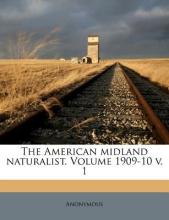Resource information
American badgers (Taxidea taxus) are a prairie obligate species, but badger resource selection and space use is poorly understood, particularly east of the Mississippi River where anthropogenic land uses have replaced most native prairie. We assessed badger multi-scale resource selection and space use in intensive agricultural areas in Illinois and Ohio. We predicted that badgers would select for pasture and prairie, and higher elevations, and riparian areas because these habitats likely favor burrowing and foraging. Conversely, badgers should avoid cropland, roads, and forest at both spatial scales because these habitats may limit burrowing and foraging and potentially increase mortality risk. We also predicted annual male space use would increase with age and be greater than females because of age-related dominance and polygynous mating. We used radiolocations from 18 (11 females, seven males) and five (two females, three males) badgers in Illinois and Ohio, respectively, to estimate space use and multi-spatial scale resource selection. Within study areas, badgers strongly selected for cropland and higher elevations, and a lesser extent upland forest and pasture, but avoided roads and riparian areas. Landcover selection within home ranges varied by study area, but generally, badgers strongly selected for pasture, cropland, prairie, or higher elevation. Median annual 95% fixed kernel areas of Illinois badgers were greater (W₈ = 16.00, P = 0.007) for males than females, and most males appeared to overlap two to three females during the breeding season. We suggest, although our study areas were highly fragmented agricultural landscapes, badgers appeared to select land cover types similar to native prairie, which provided burrowing and foraging opportunities. However, because prairie and pasture were relatively limited, badgers used expansive (x̄ = 20.0 ± 34.4 km²) home ranges to meet life requirements. Therefore, degradation and fragmentation of limiting resources may limit badger population growth in our study areas and should be considered for future management.



